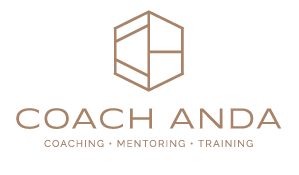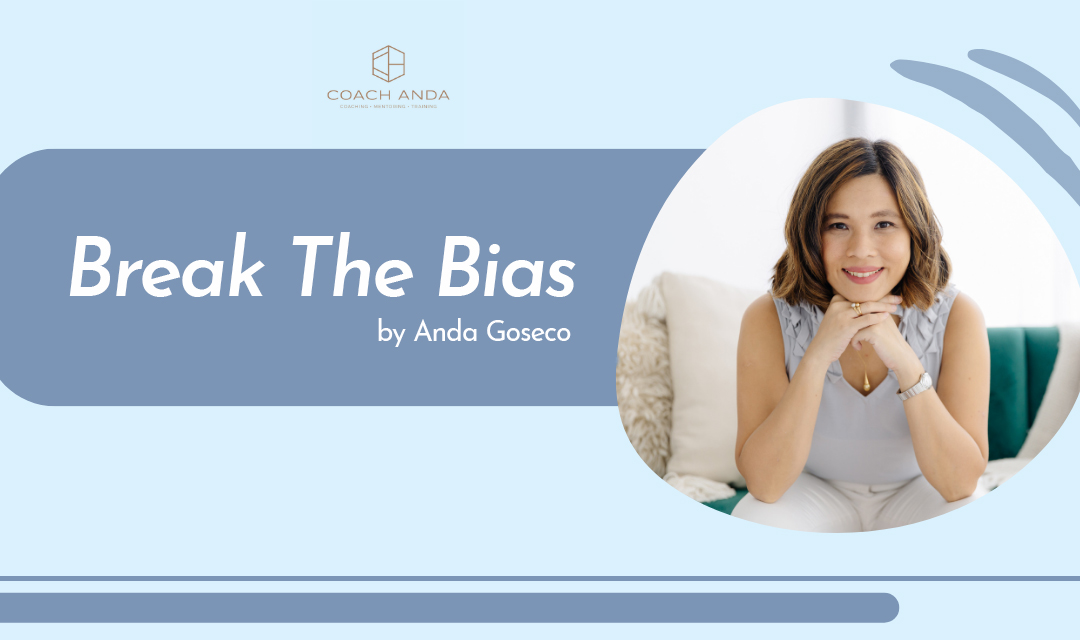I have been seeing so many posts on #BreaktheBias# for International Women’s Month. We have judgements and assumptions about people because of our beliefs. When do biases get in the way and how do we stop them?
We first have to start with the biases we have on ourselves. These are called self-limiting beliefs they stop us from being our authentic self. It comes from our expectations on ourselves and how we want the world to see us. When we feel fear, anxiety and anger we become reactive right away because we want to control what we are feeling.
During the pandemic, I went through a roller coaster of emotions. The prevailing emotions were anxiety and fear. I used to control of what I wanted to do and the outcome of my business. When I could not do this anymore, it made me panic. I kept myself busy doing many things so I didn’t have to think about my emotions. One day it hit me and I felt the burnout of being on the go all the time.
I stopped and took a hard look at what was going on. Why did I want to keep busy? Where was it coming from? Why was it so important for me? I realized that I wanted to be valued and I was afraid to lose it. I had to find ways to fill-up the need with activities and projects. This is the bias I put on myself—“I am not good enough”. When I realized what was causing it I had to ask myself if it was true. I laid down the facts and I saw that I had to acknowledge my small and big wins. I was just too focused on what was not working that I did not see the big picture.
There are many biases that we see at work and at home. We have to look at how we see ourselves. Every person has a need but this can go overboard when it is driven by negative feelings. We can get so lost in the feeling that it affects the way we make decisions. It affects our interactions with others and the way we make judgements. It creates the biases and affects what way we see situations. Awareness is needed to be able to identify when it is harmful to us.
1. Self-serving bias– we don’t look at the contribution to the problem but blame the environment.
2. Anchoring bias– we focus only on one piece of information when we make a decision when there could be other ways to see a situation.
3. Confirmation bias– we use data to support existing beliefs instead of looking at other belief systems which will help us see different perspectives.
4. Loss aversion-we spend so much to make one solution happen our way when in reality it is not working anymore.
5. Dunning-Kruger effect– we use our ego to think that our abilities are greater than they really are.
When we realize the bias, we have to pause before we react. Find out the facts and the truth about the situation to help you stay objective. What do you need to consider? Ask yourself what will help the most in this situation. What will be the long-term outcome and how will it affect you and others? Keep a journal where you can track your triggers and patterns. When you know it very well, you are more prepared to face your biases. It will lead to building better relationships with people and yourself.

